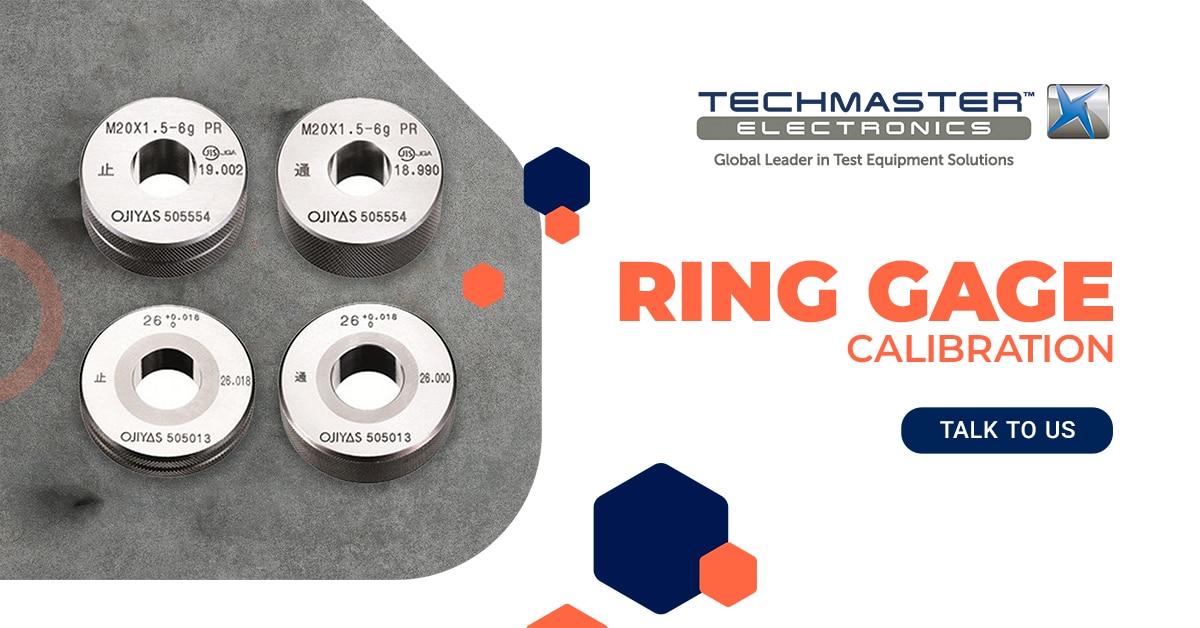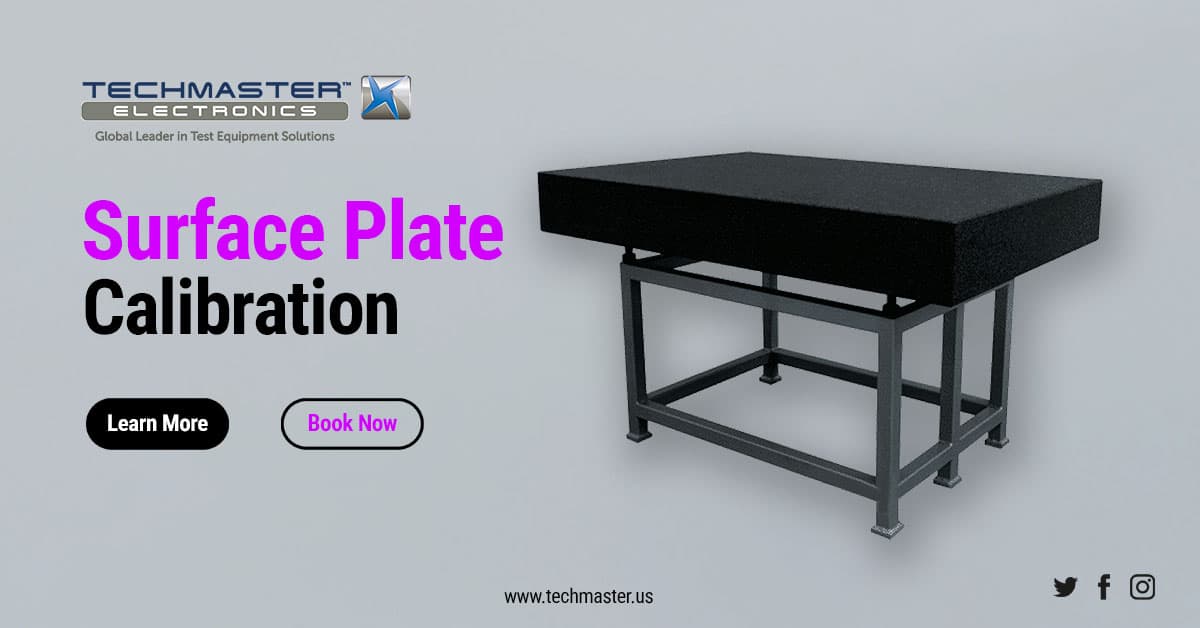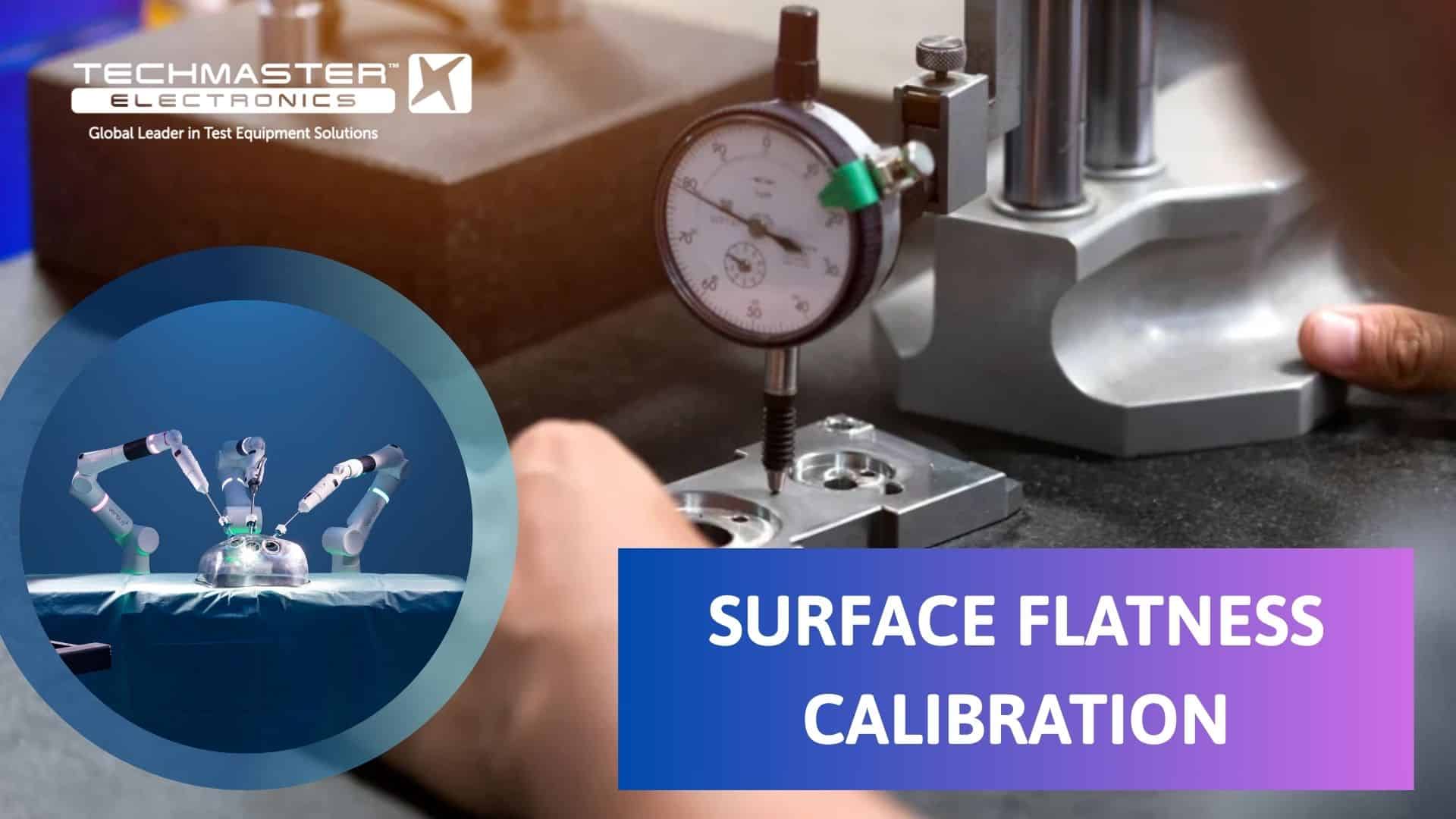In various fields, from engineering to woodworking, accuracy in measurement is paramount. A seemingly simple tool like a steel ruler plays a crucial role in achieving this precision. However, like any measuring instrument, steel rulers require regular calibration to maintain their accuracy. This post will delve into the importance of Steel Ruler Calibration, the process involved, and why it matters for your projects.

1. Why is steel ruler calibration important?
Precise measurements are the backbone of industries where even the tiniest error can lead to costly mistakes. Over time, the engraved lines on a steel ruler may fade, edges can wear out, and the ruler might bend slightly. All of these factors contribute to inaccurate measurements.
That’s why regular calibration is essential — not just for old rulers, but even for new ones straight out of the box.
2. Understanding the Components of a Steel Ruler
Before we talk about calibration, it’s helpful to understand what we’re working with. A typical steel ruler includes the following parts:
-
End Edge – the square working edge where measurements usually begin
-
Side Edge – the long edge running the length of the ruler
-
Engraved Lines – measurement markings (mm, cm, etc.)
-
Suspension Hole – a semi-circular hole at the non-working end, used for hanging
Each component must meet specific standards to ensure accurate calibration results.
3. The steel ruler calibration process
According to ITTC guidelines, the calibration process includes several detailed inspections and measurements. Here’s a step-by-step breakdown:
3.1. Exterior Inspection
Start by examining the ruler’s overall condition. Make sure the end, side edges, and back are smooth—free from burrs, filings, rust, or any mechanical damage. These issues can affect measurement accuracy.
Next, check the scale lines. They should be clearly engraved, perpendicular to the edge, and unbroken. Each type of marking—half millimeter, millimeter, half centimeter, and centimeter—must have a different line length for easy identification. The scale should begin exactly at the end edge, with the “cm” symbol marked at the nominal length.
Don’t forget to verify the manufacturer’s name, scale division value, and order number. These should be legible and consistent with the specifications.
To assess surface roughness, visually compare the ruler to a reference block. When needed, use a surface roughness meter for more precise evaluation.
3.2. Flatness of the Ruler Face
Use a certified gauge block or a precision master scale as your reference. For example, a ruler between 150–500 mm must not exceed a flatness deviation of 0.25 mm, while a 2000 mm ruler can tolerate up to 0.60 mm.
Place the ruler on a first-class leveling plane. Then, slide a first-class plug gauge underneath to check for gaps. If the gauge passes through, the ruler fails the flatness requirement.
3.3. Elasticity
To test elasticity, gently bend the ruler into a curve with a 250 mm radius and release it. It must return to its original shape without any plastic deformation.
After the bend test, recheck the flatness using the method from Section 3.2 to ensure it remains within standard limits.
3.4. Linearity of End and Side Edges
The end and side edges must meet strict linearity standards. For instance, a 150 mm ruler should have end-edge linearity within 0.03 mm and side-edge linearity within 0.10 mm.
To measure this, place the edge against a leveling ruler and slide a first-class plug gauge along it to detect any gaps or distortions.
3.5. Verticality of End and Side Edges
The end edge must be perpendicular to the side edge within acceptable limits. For a 150 mm ruler, the verticality deviation should be within 0.04 mm.
Use a second-class leveling plane and a first-class square to verify perpendicularity.
3.6. Thickness of the Side Edge
Place the ruler horizontally on a first-class leveling ruler with the engraved surface facing down. Then, compare its edge thickness using 0.2 mm and 0.3 mm first-class plug gauges to confirm dimensional accuracy.
3.7. Arc Radius
Inspect the arc radius at the corner where the end and side edges meet. For a new ruler, the radius should not exceed 0.2 mm.
This can be evaluated visually or measured precisely using a tool microscope.
3.8. Width and Difference Between Lines
The width of the engraved lines and the variation between them must stay within standard tolerances. For example, on a 150 mm ruler, line widths should fall between 0.10 mm and 0.20 mm. The width difference between any two lines must not exceed 0.04 mm.
Use a reading microscope with a scale division value of 0.01 mm to measure these dimensions.
3.9. Error of Indication
The indication error includes both the total length and the spacing between individual scale lines. A 150 mm ruler must not exceed ±0.10 mm for total length error and ±0.08 mm for the gap between the end and first line.
The difference between any two engraved lines must also stay within defined limits.
To perform this test, use a third-grade standard metal line ruler and a calibrated steel ruler testing table. Align the test ruler with the standard, and use a magnifier to read the error. For rulers longer than 1000 mm, divide the calibration into sections and compare each part separately.
For detailed checks on the first half-millimeter and millimeter marks, a reading microscope with 0.01 mm resolution is recommended.











